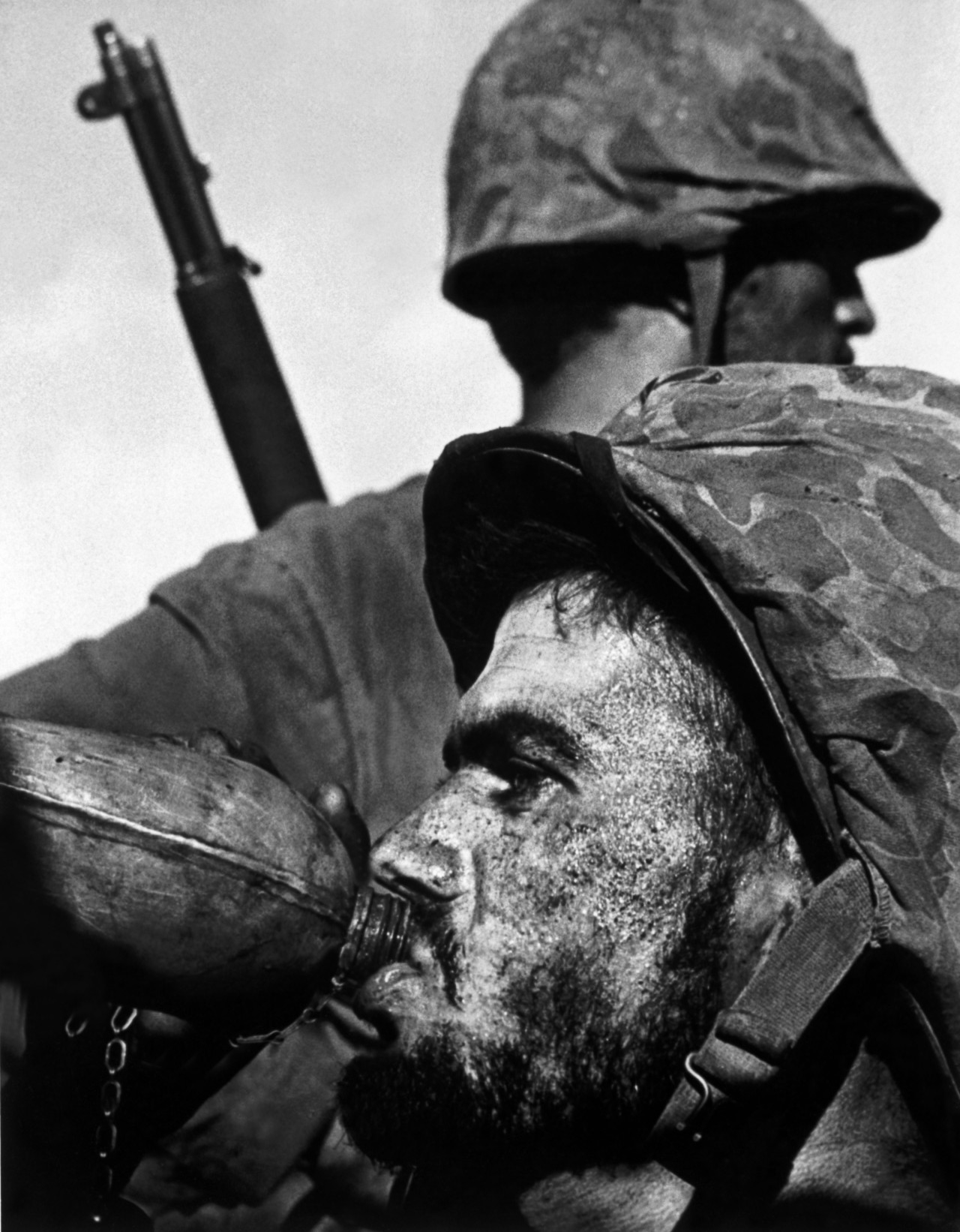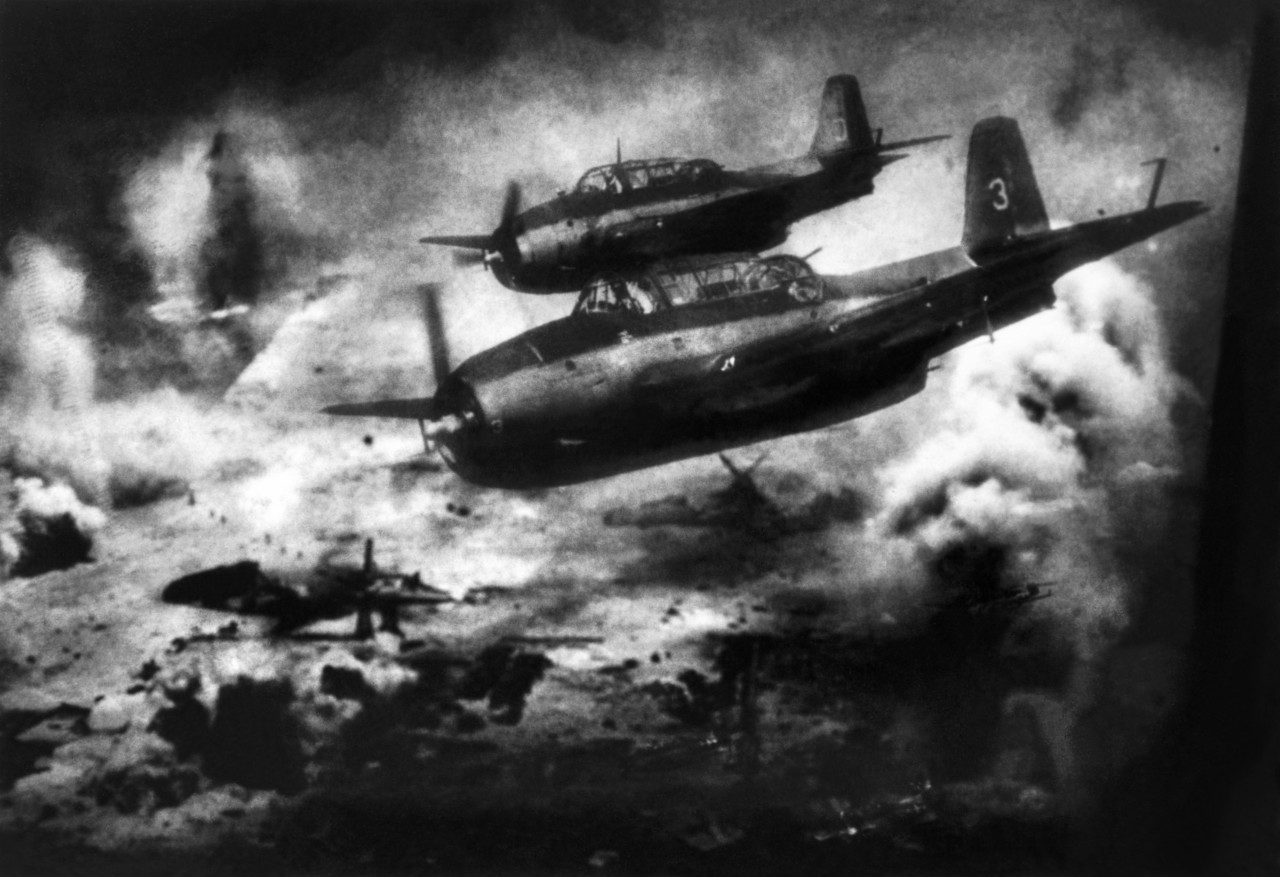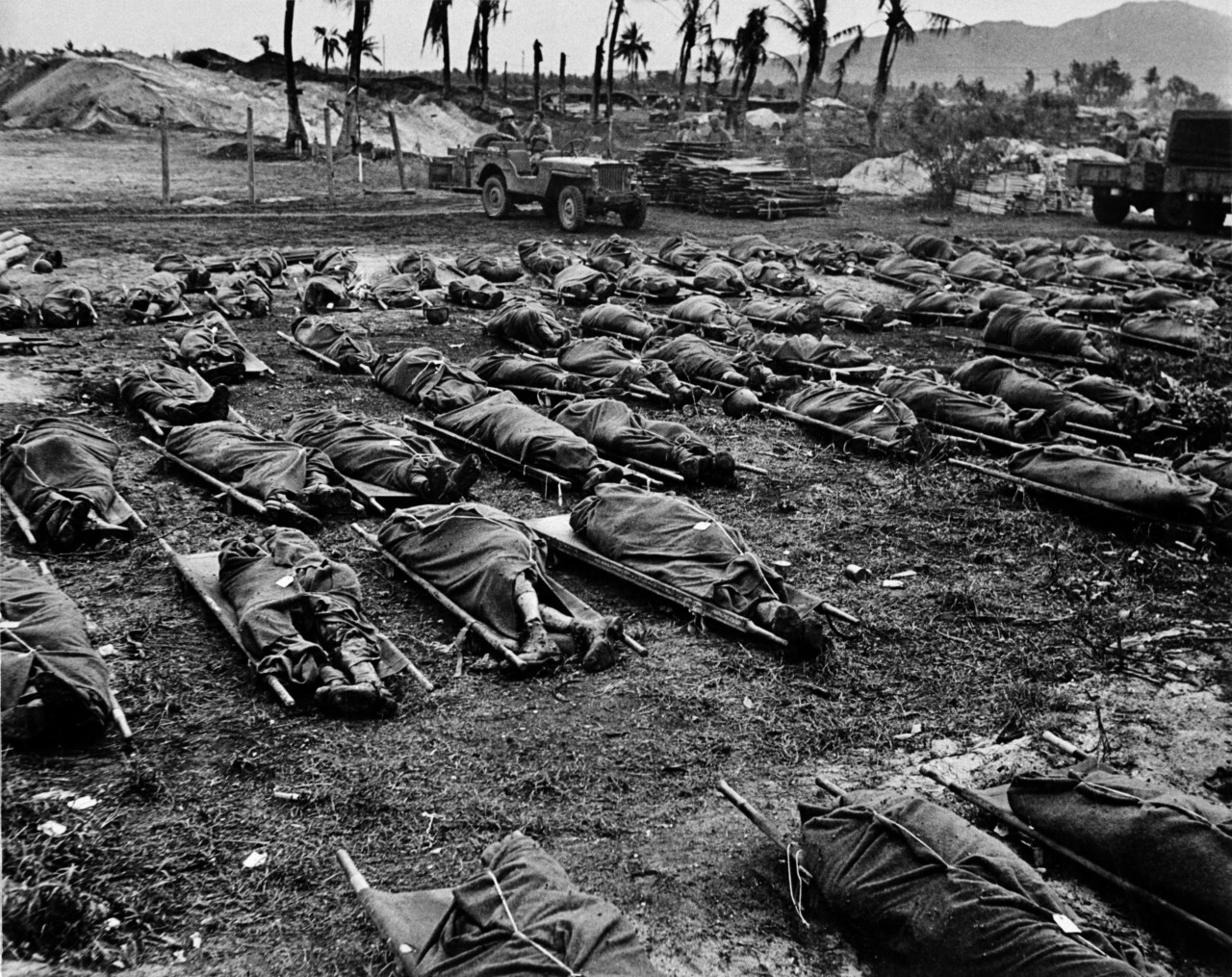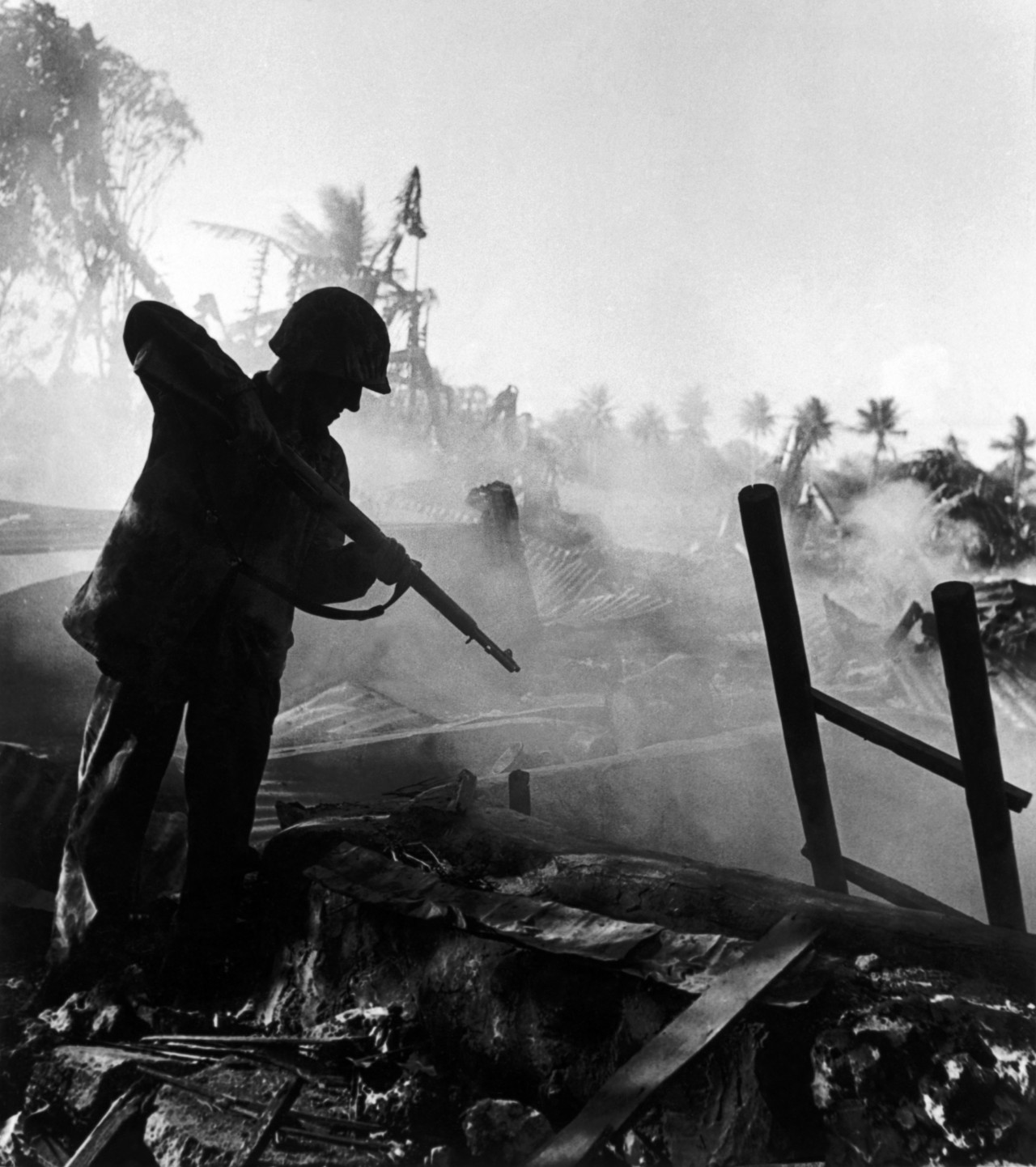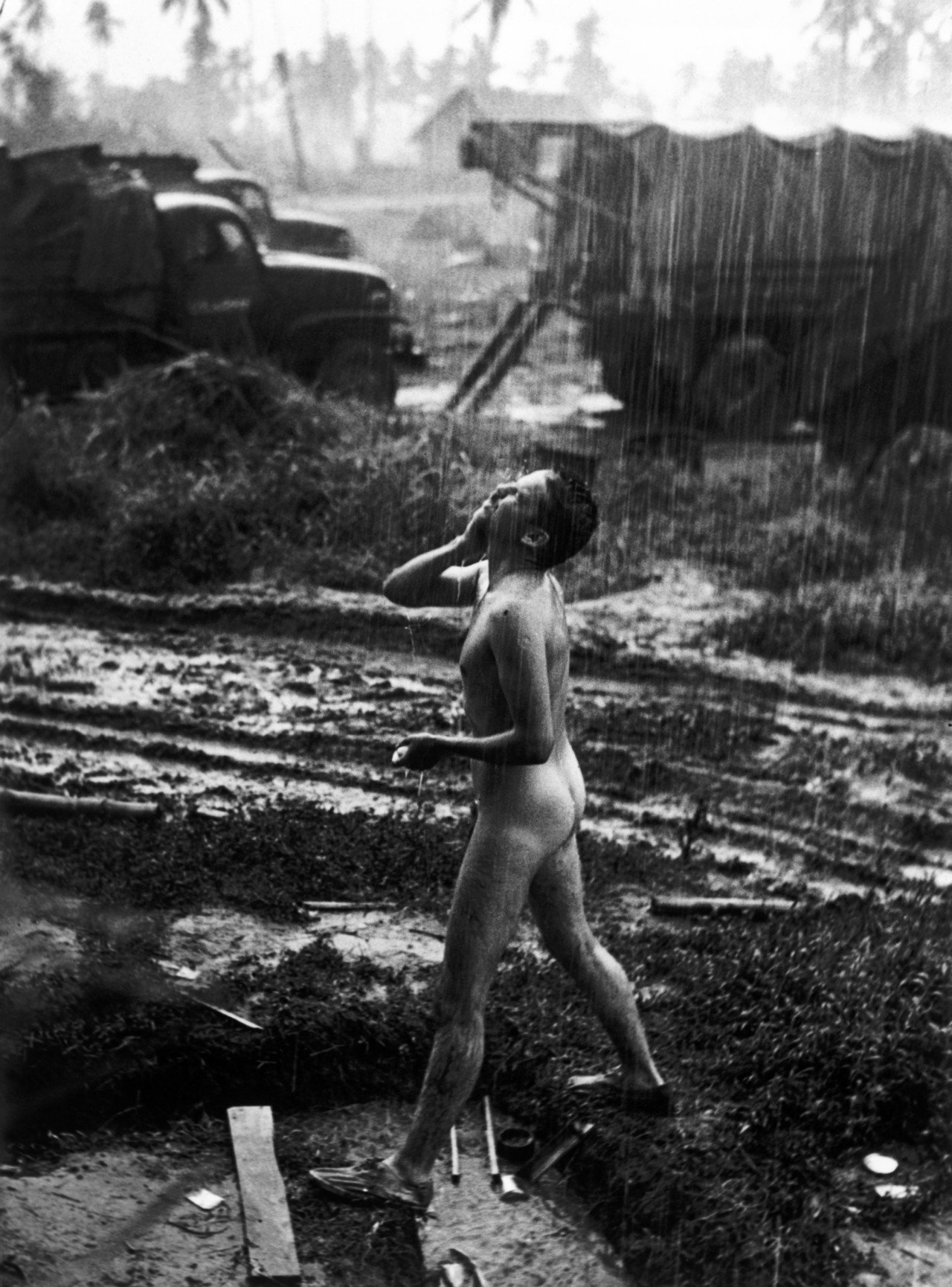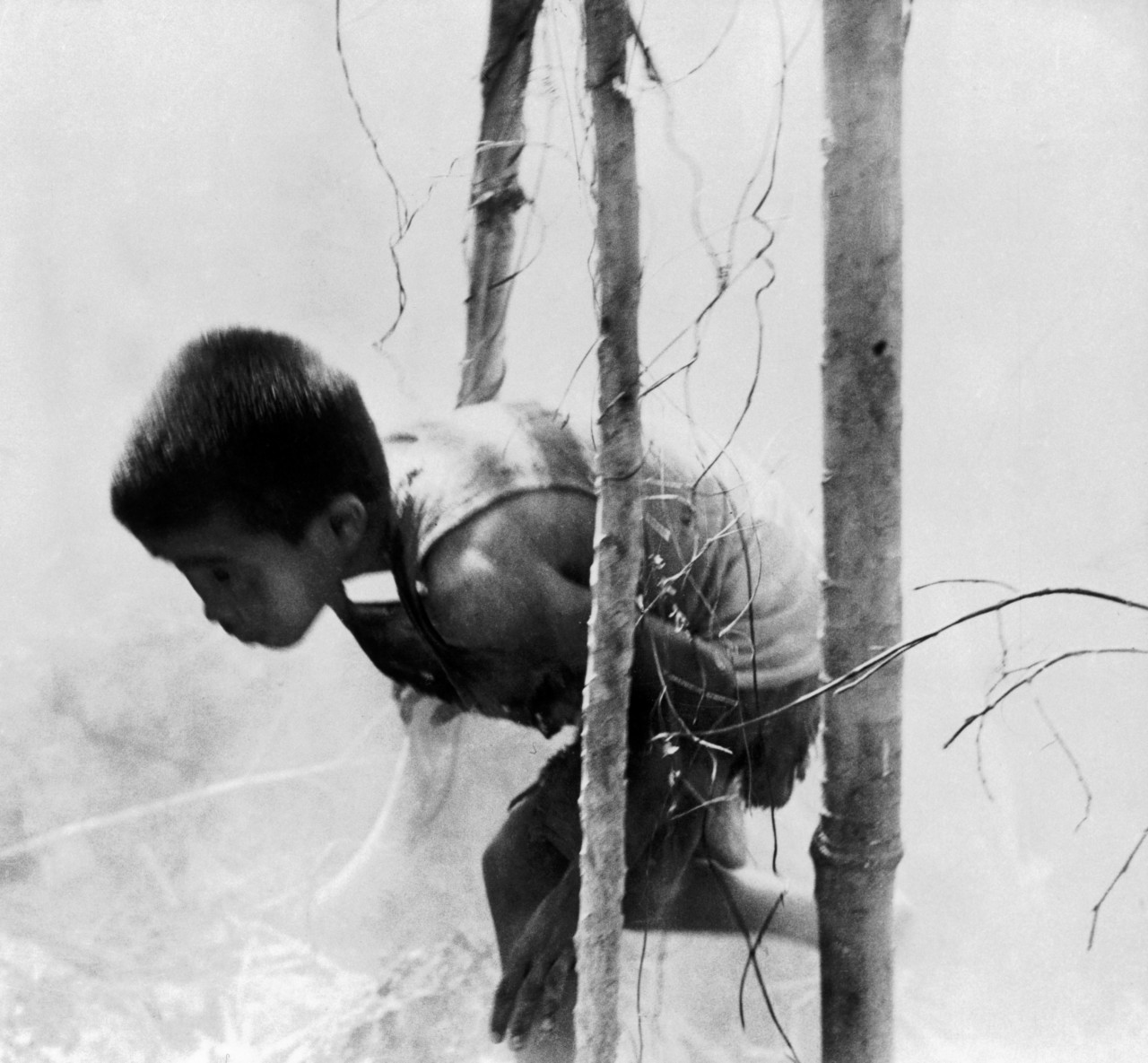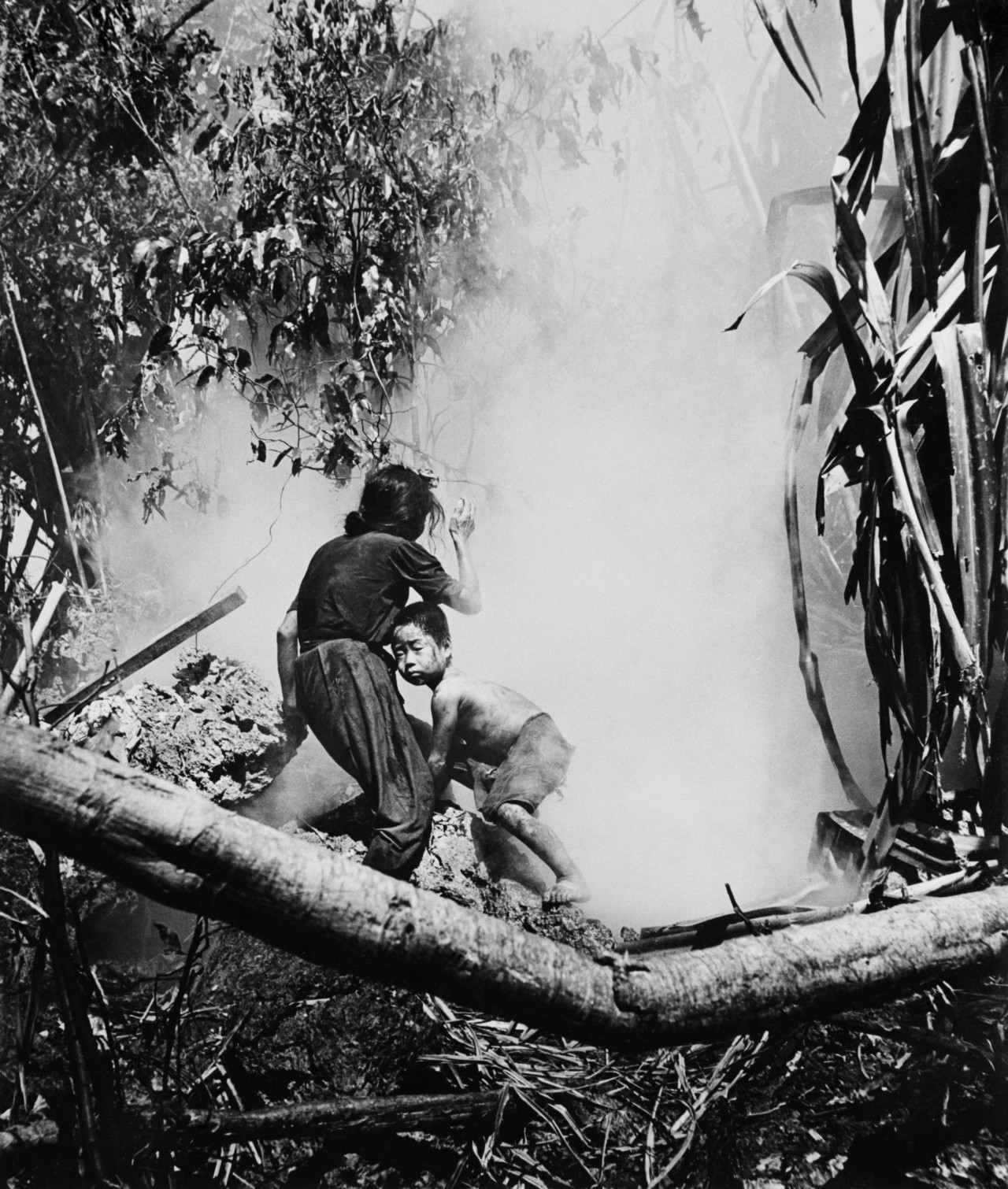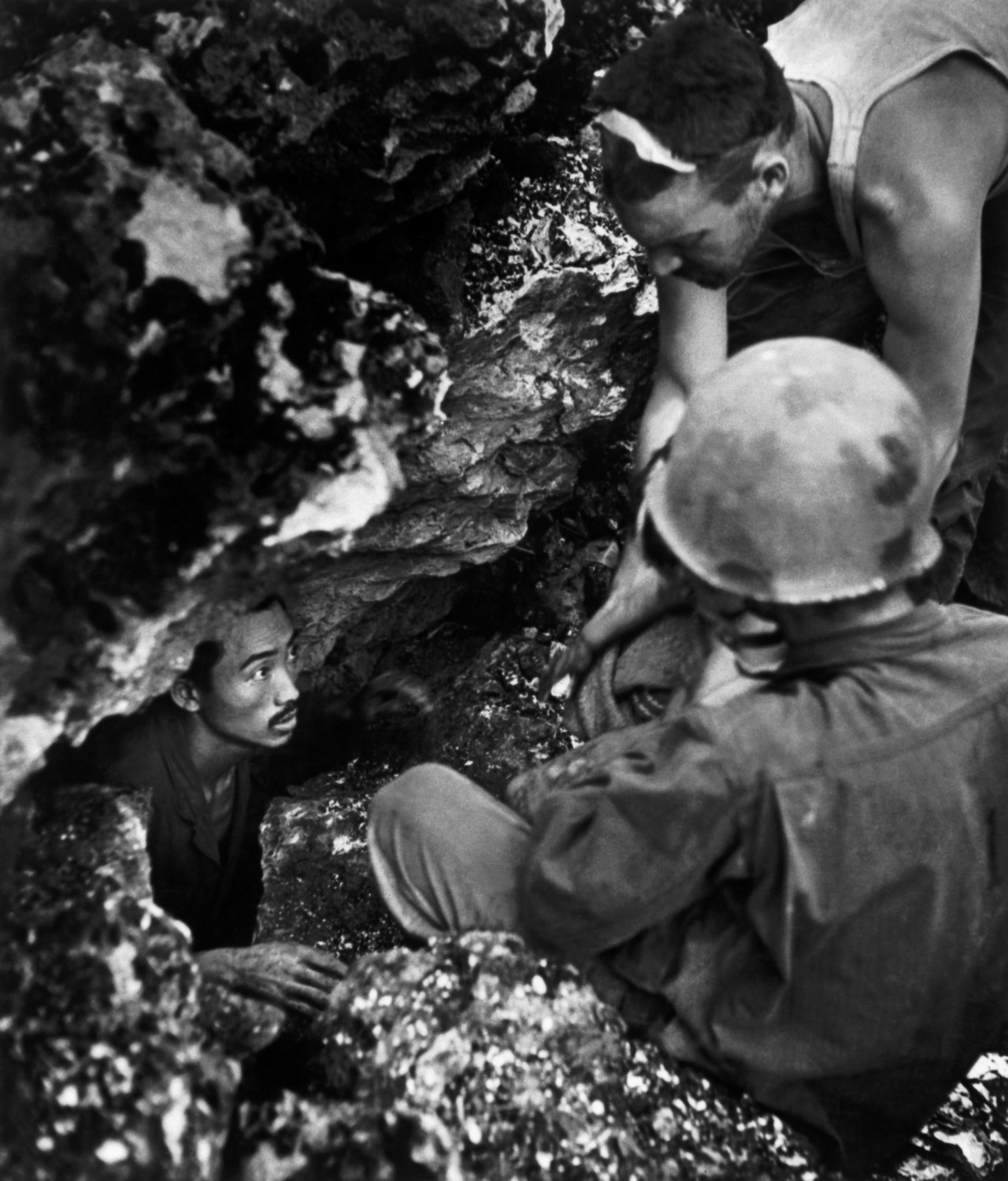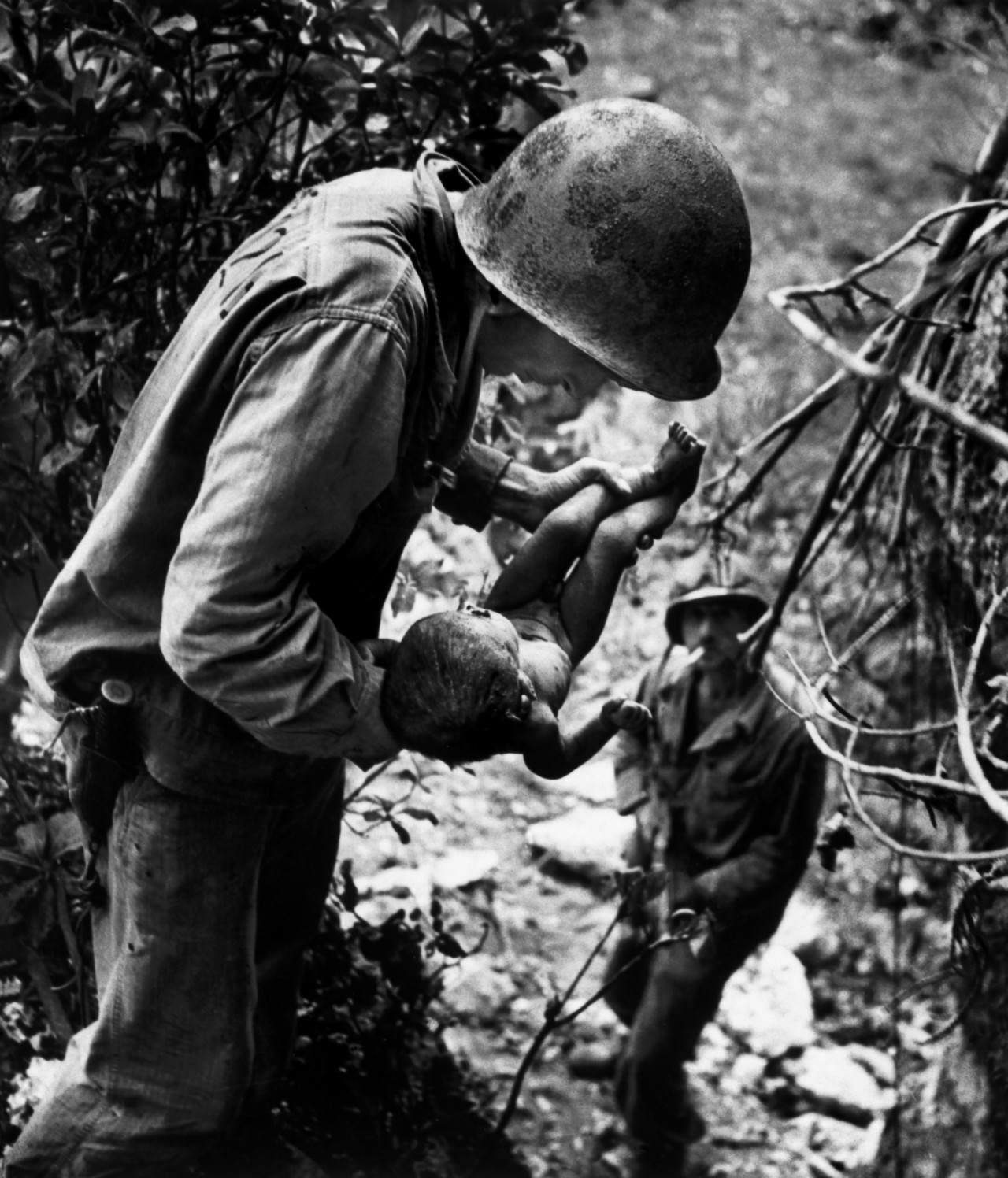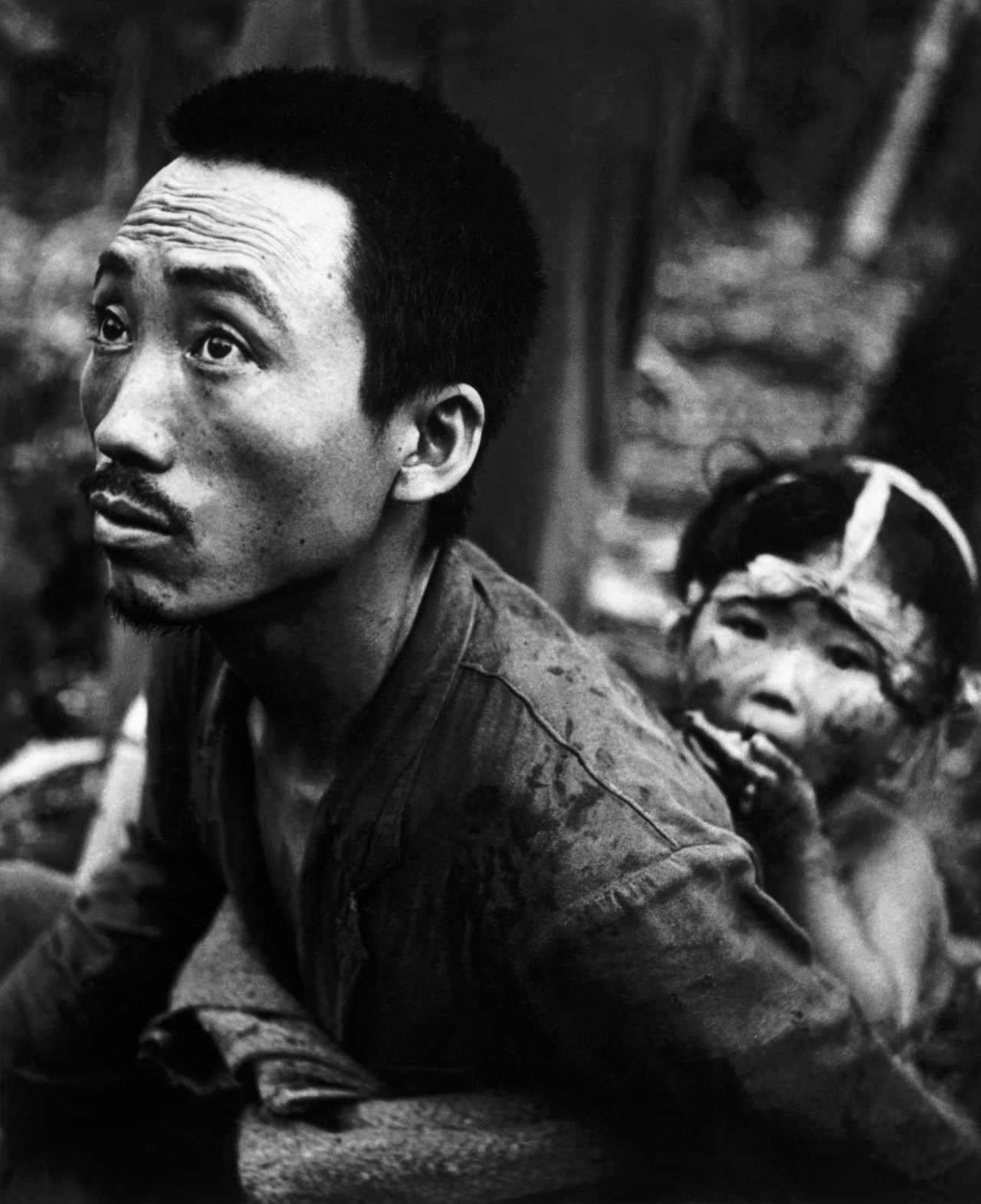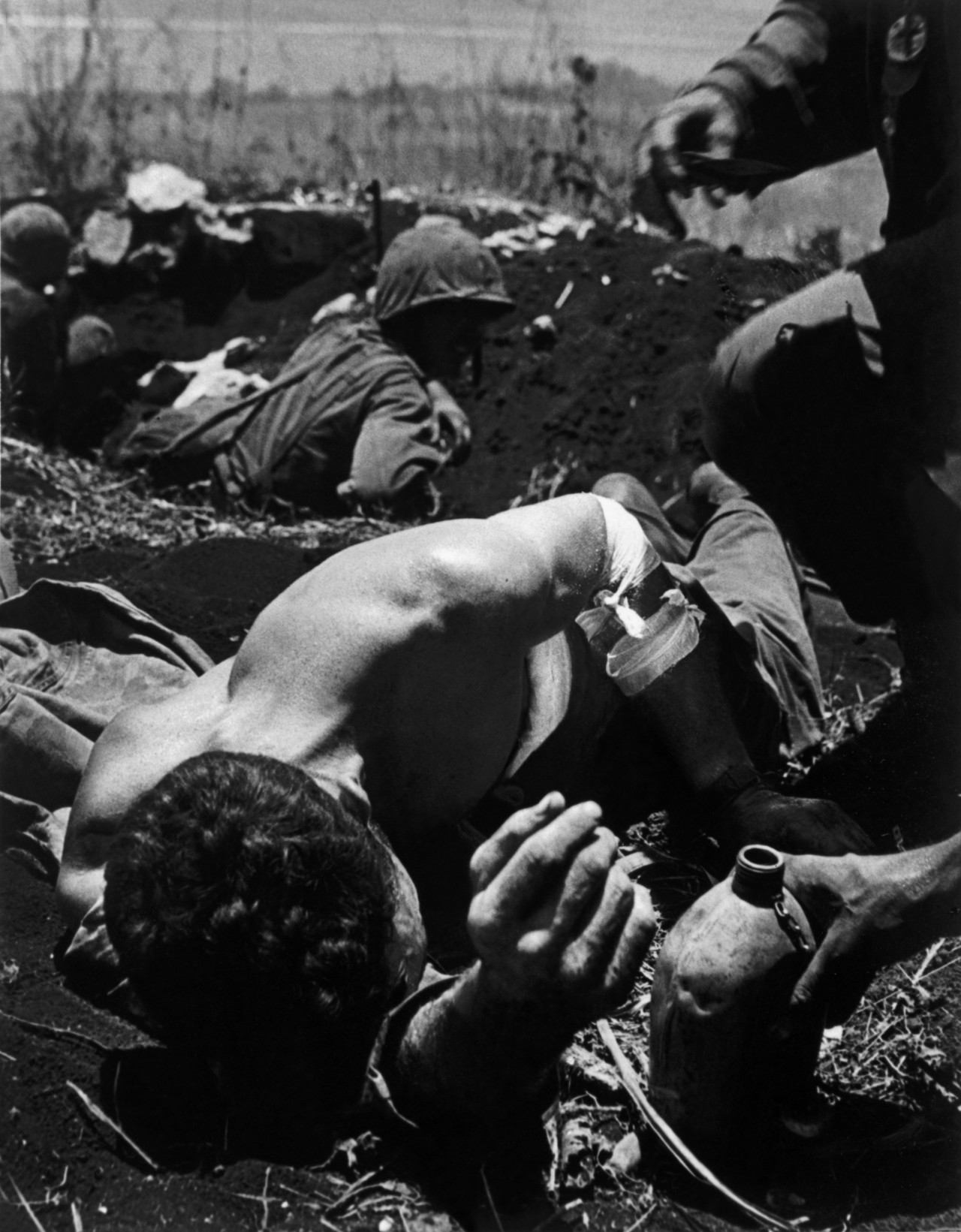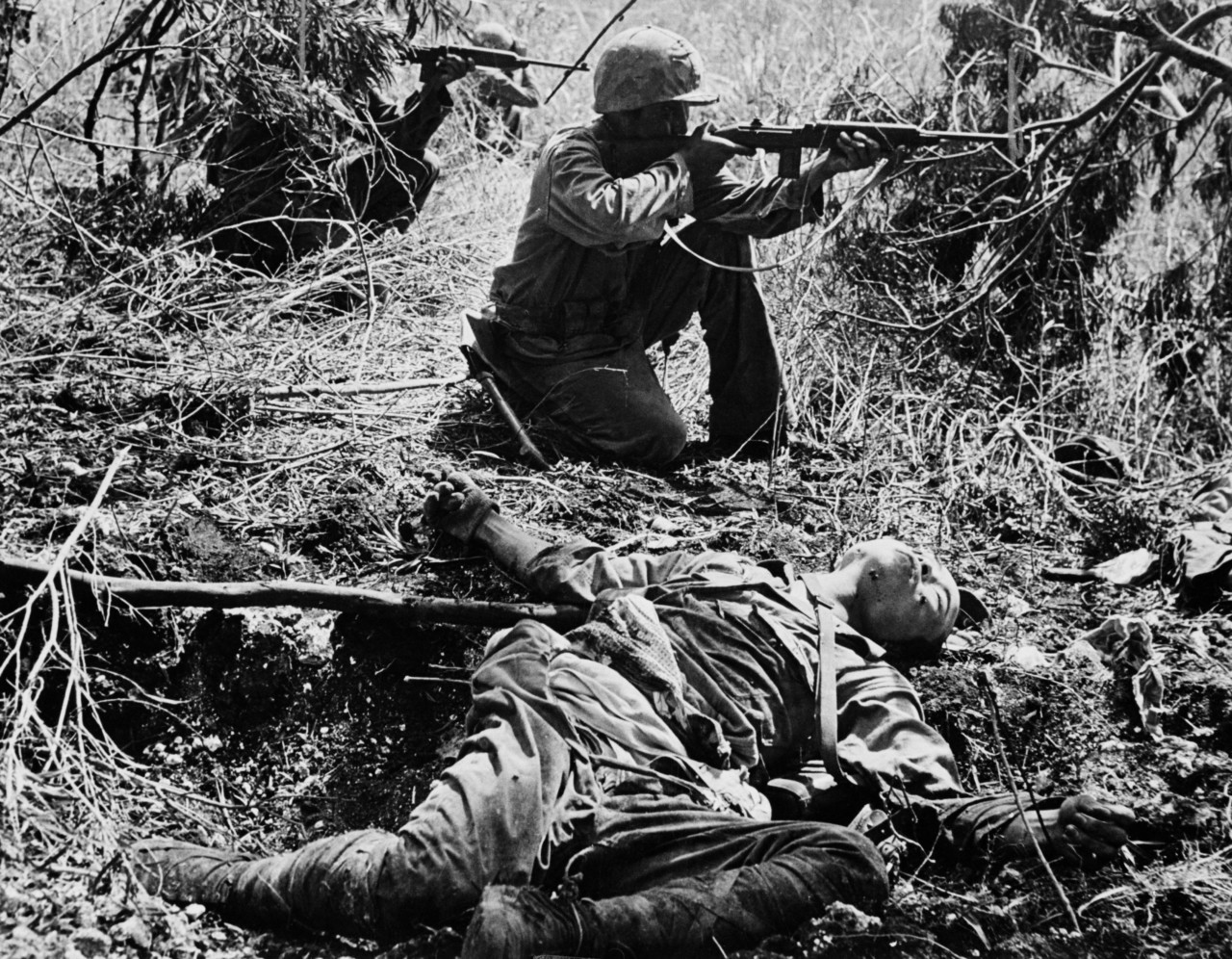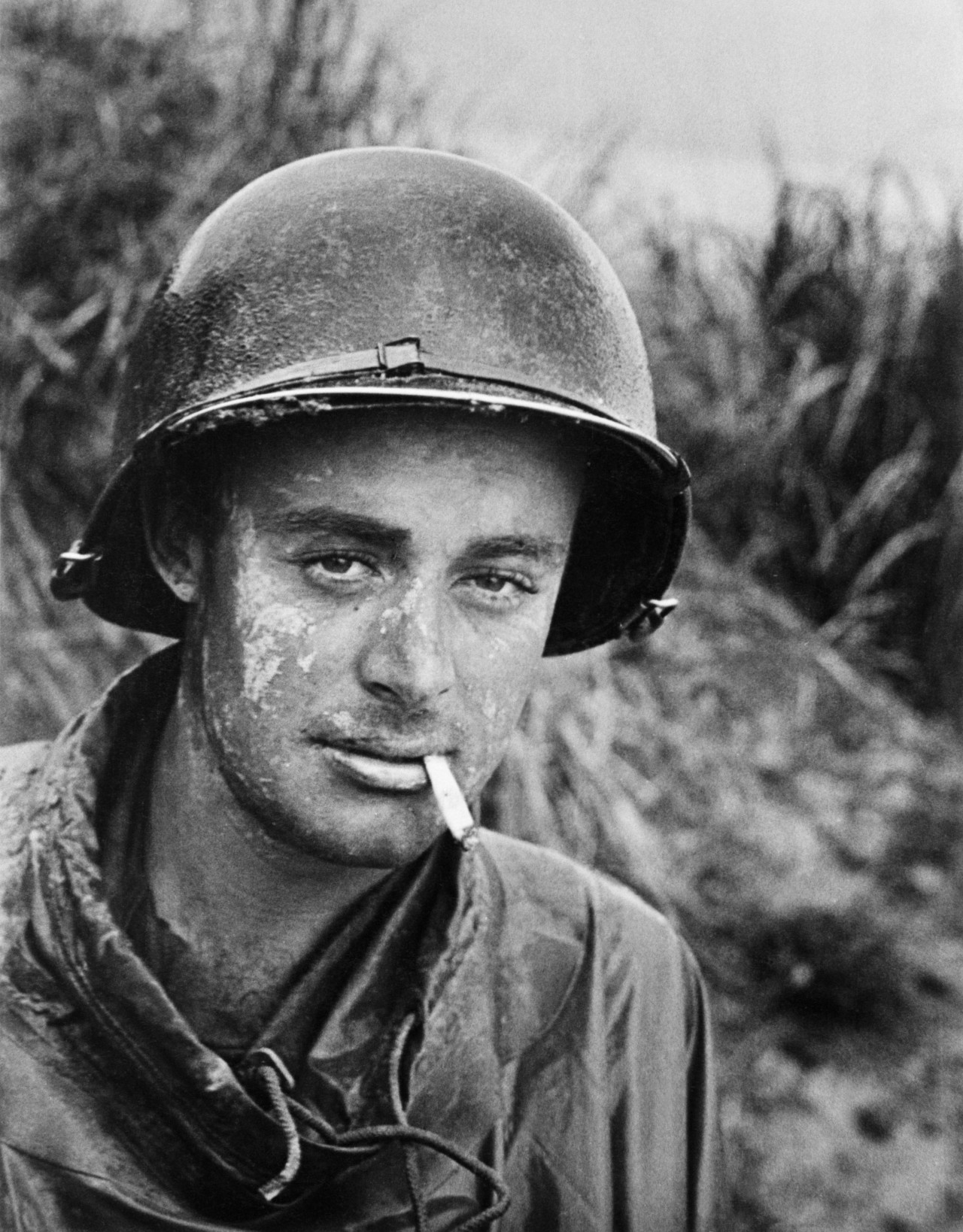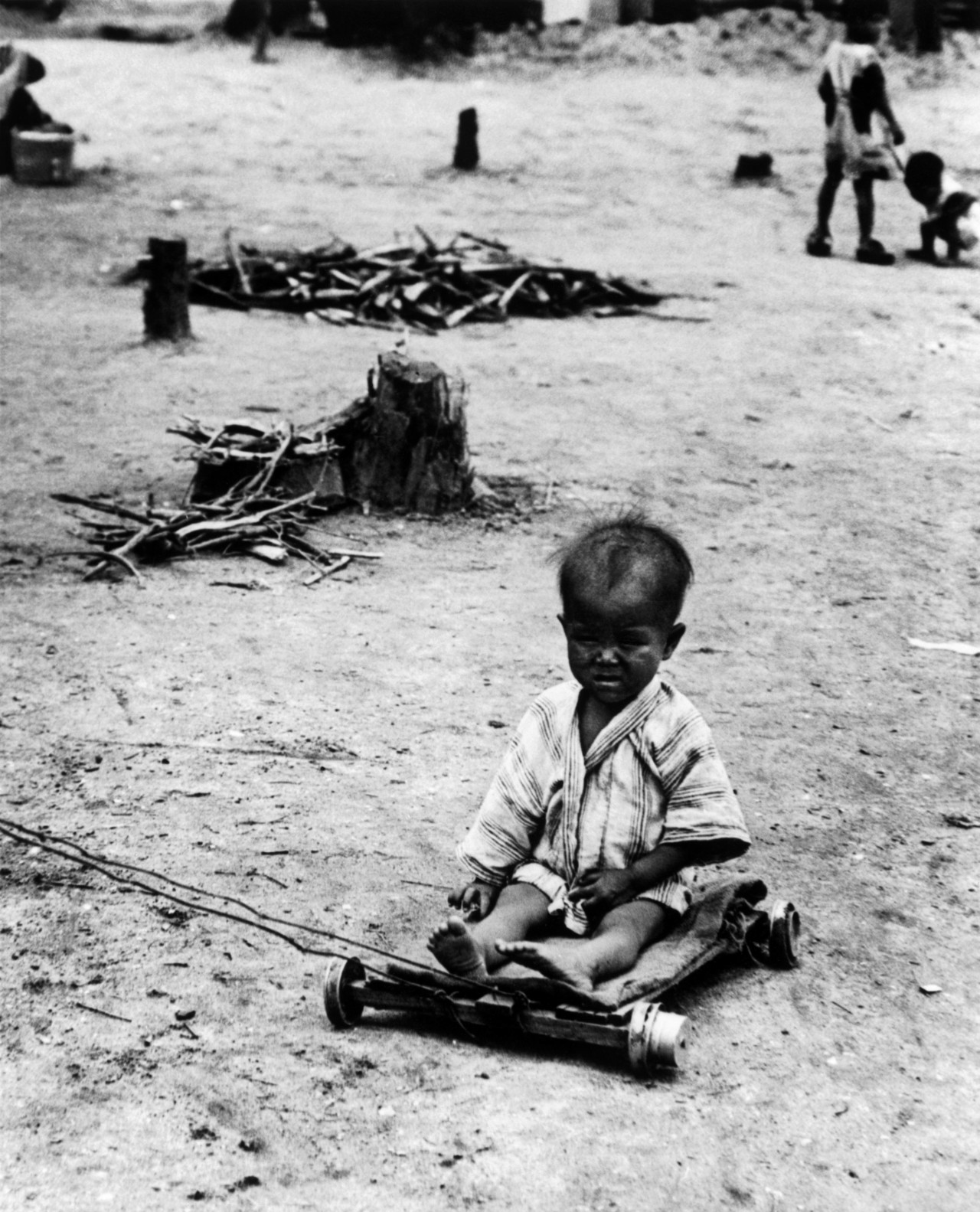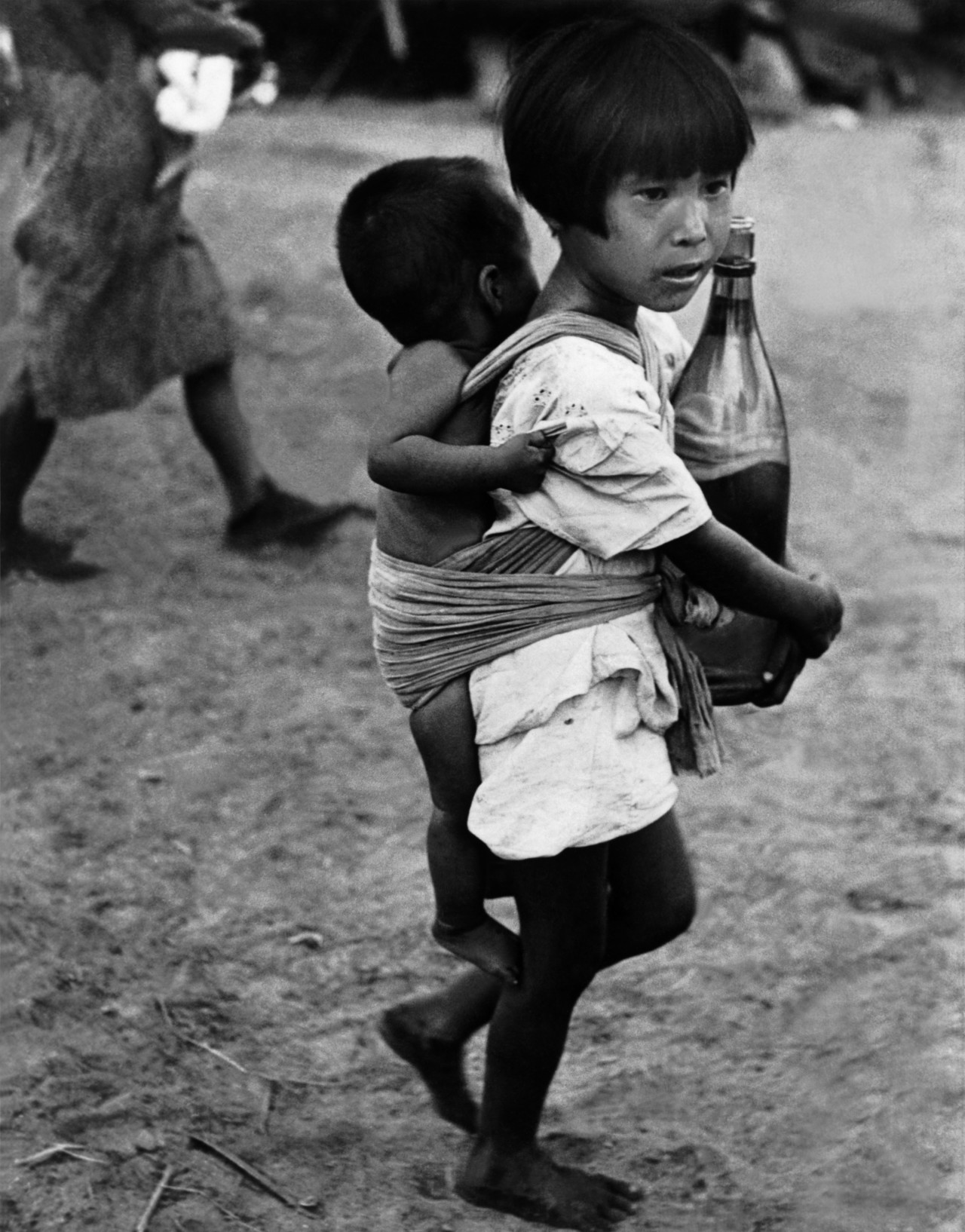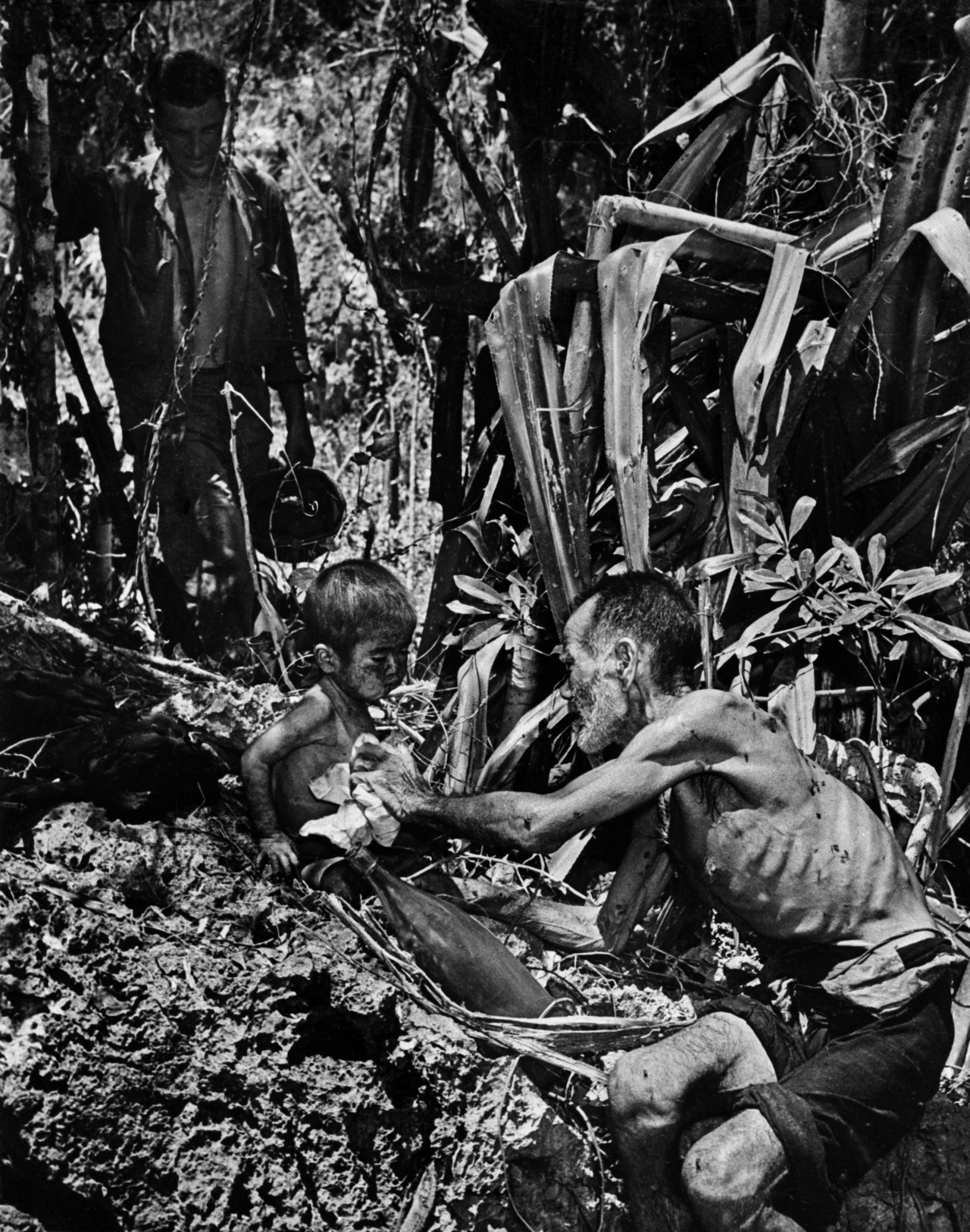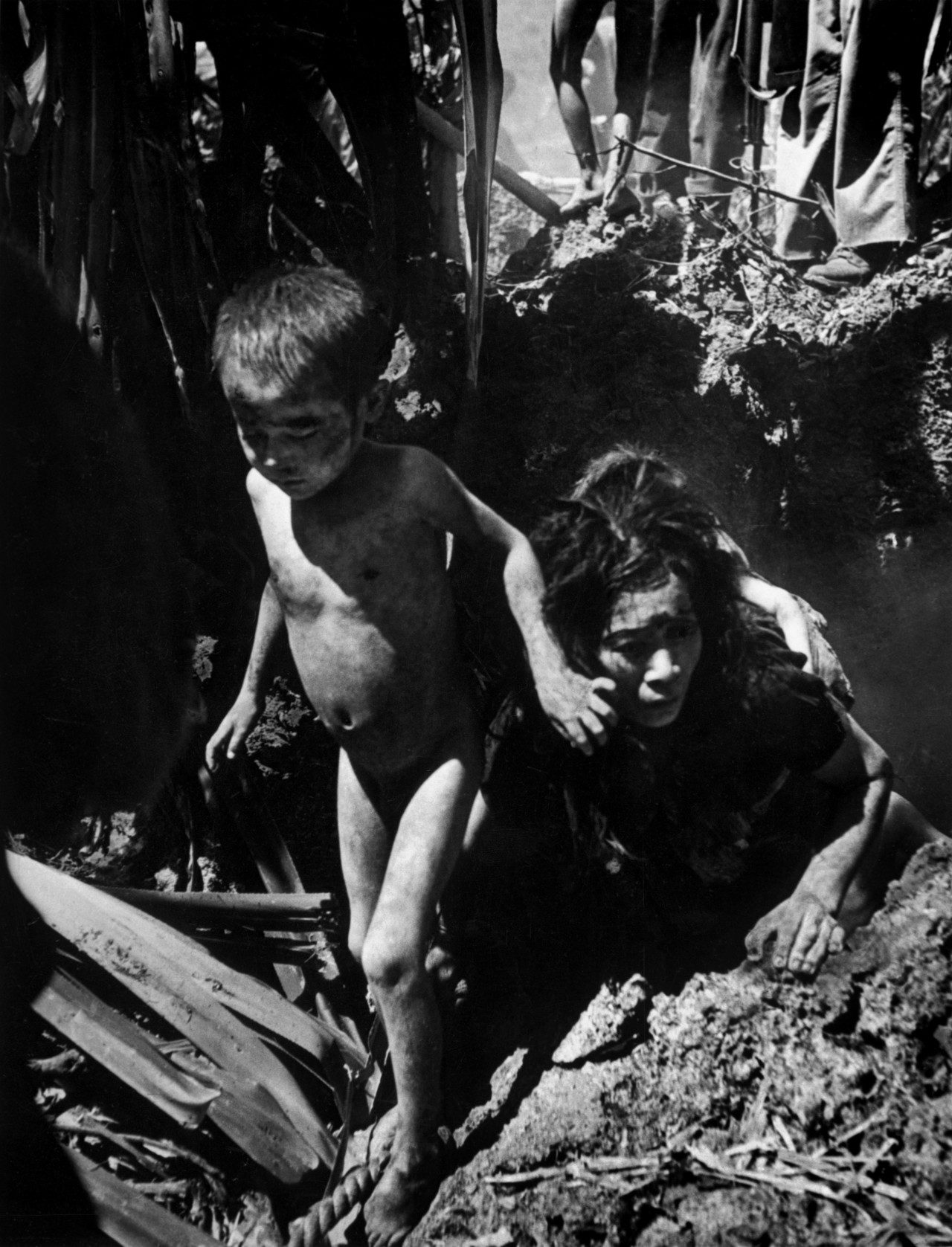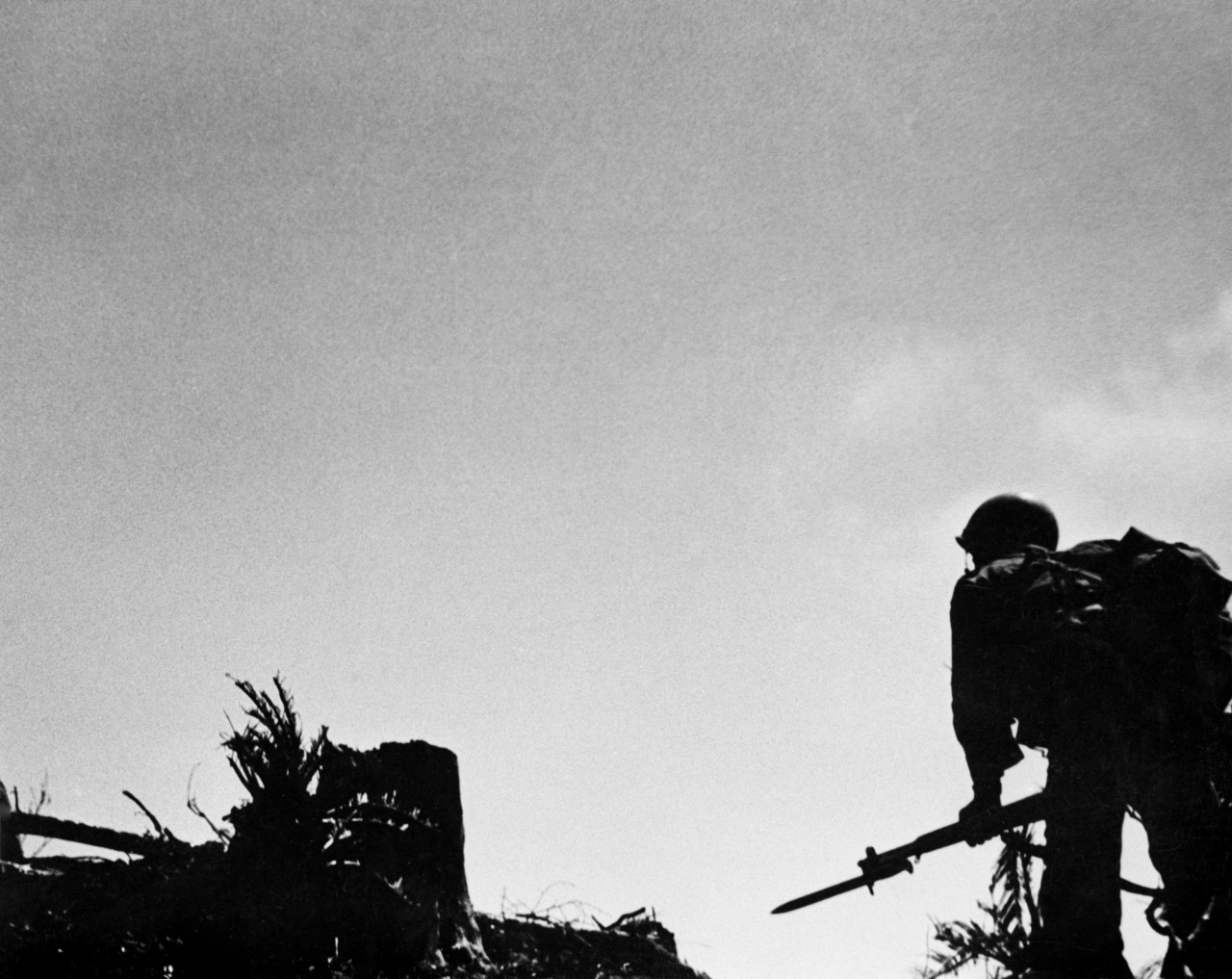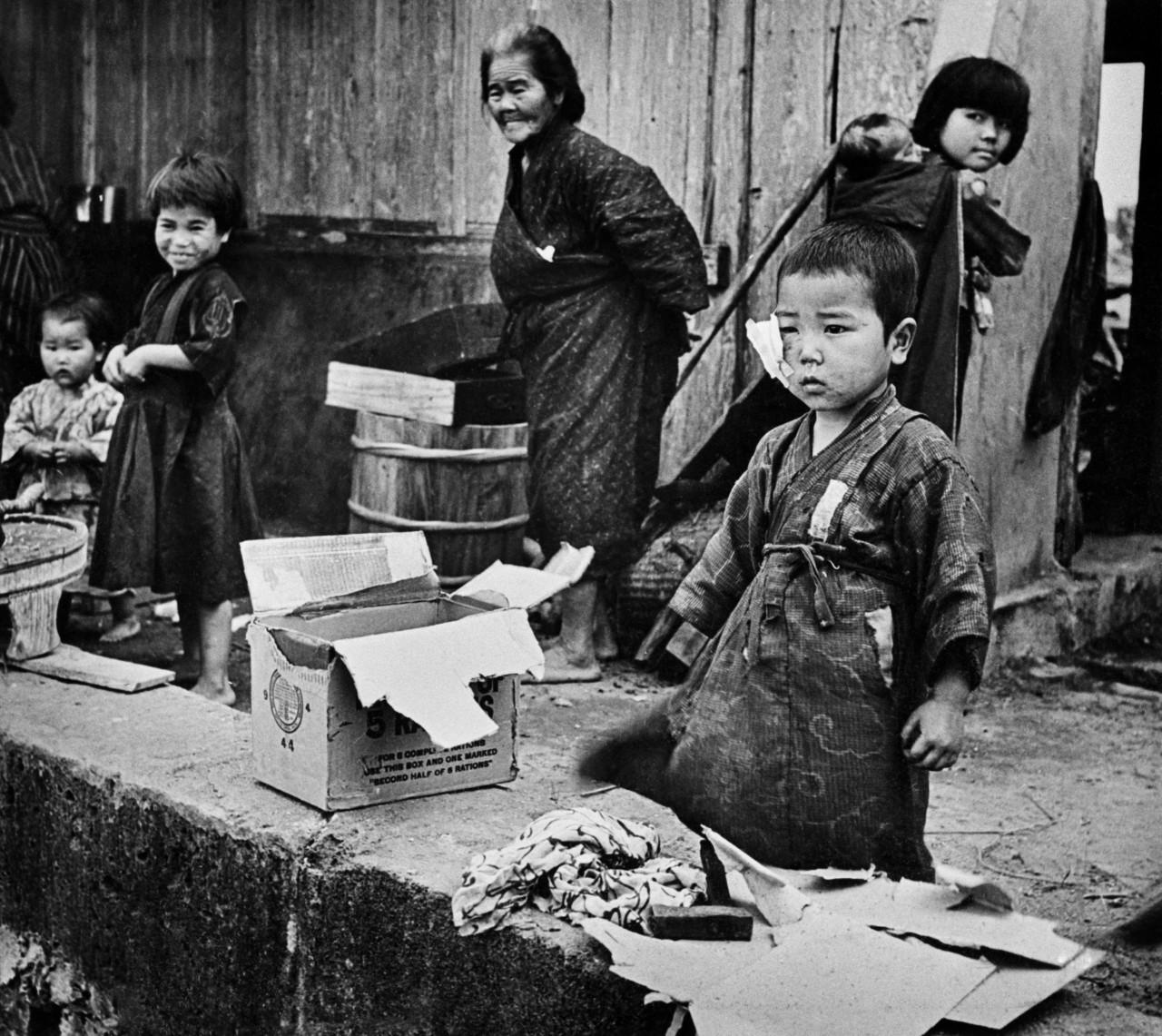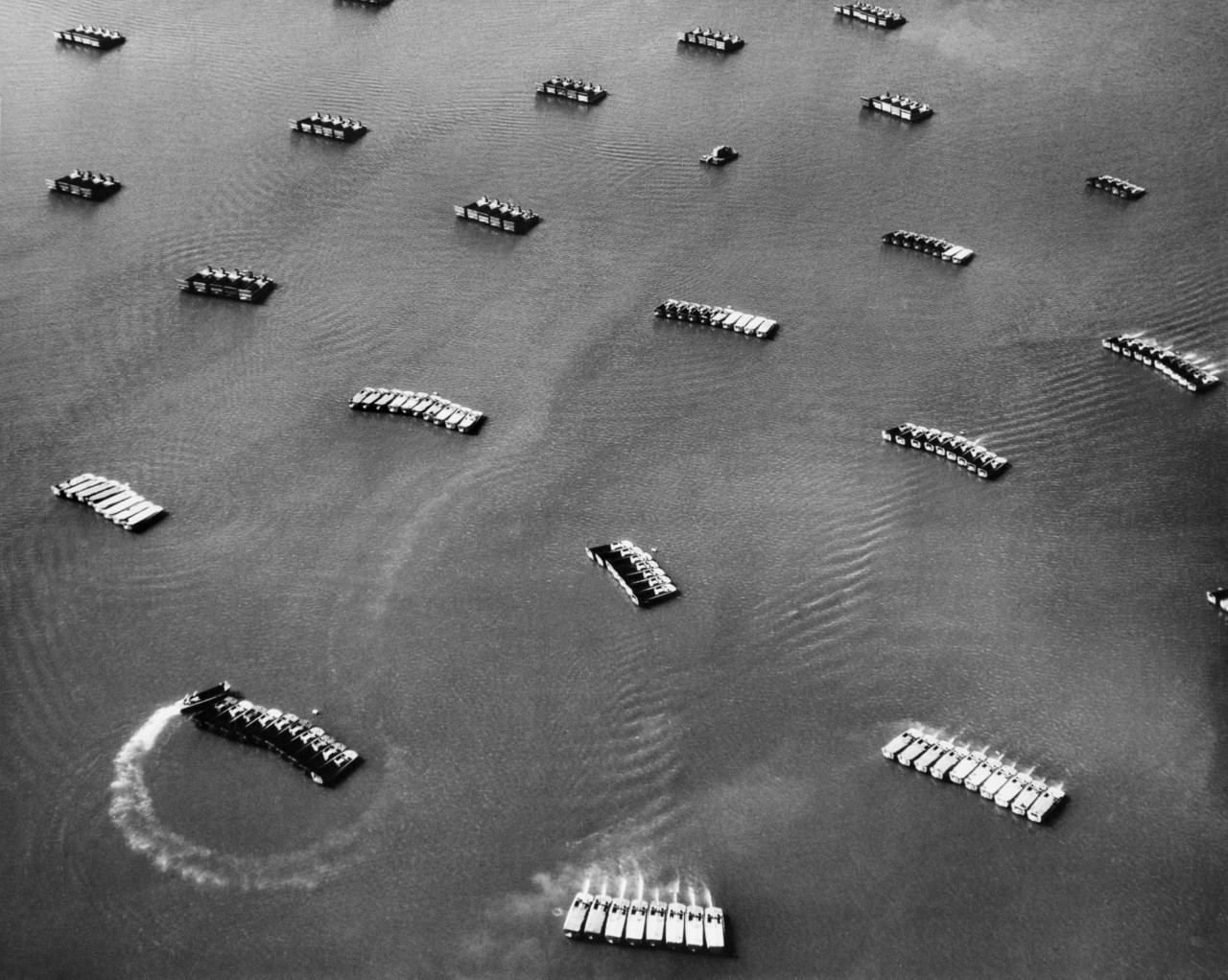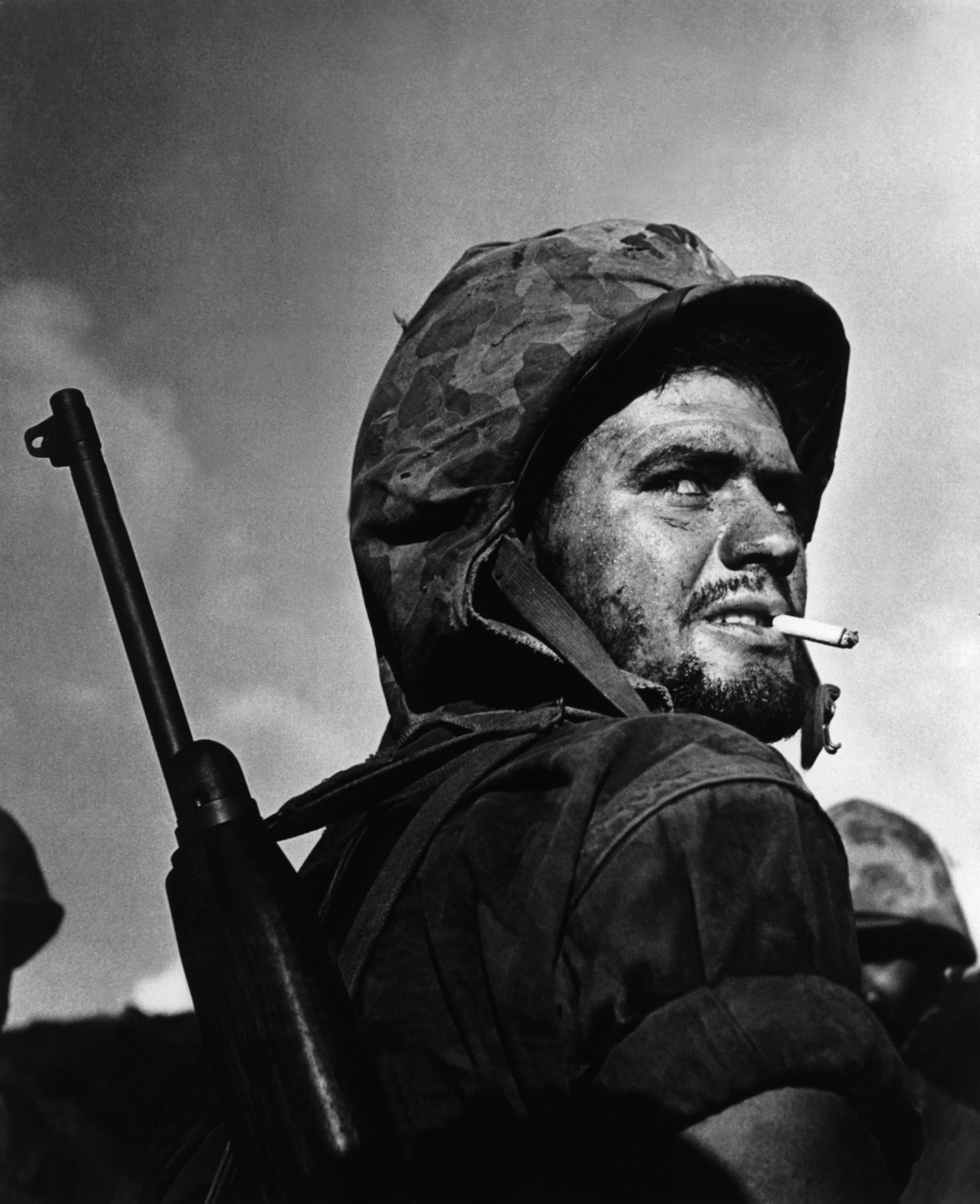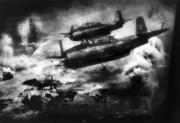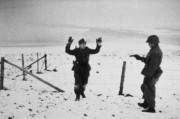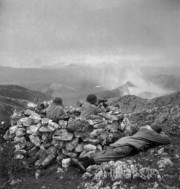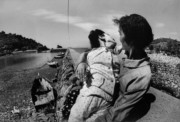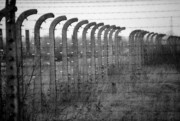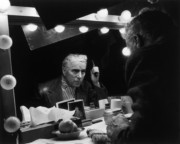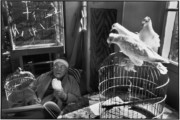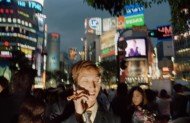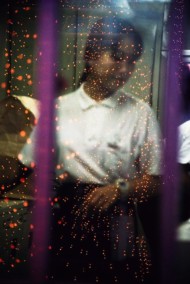The Battle of Saipan
Victory on Saipan, the first step of the wider invasion of the Marianas Islands, brought the Japanese homeland within striking distance for the first time
Warning: The above slideshow contains graphic images.
Occupied by the Japanese Empire since 1914, the Marianas were formally mandated to Japan by the League of Nations in 1919. Toward the southern end of 15 islands, strung along a vaguely North-South axis in a cresent-shaped archipelago, Saipan’s location in the Western Pacific was of geostrategic importance to Allied forces.
Near equidistant between Japan and the Philippines, possession of Saipan set the Japanese mainland within the range of the American’s newest long-range bomber, the B-29 Superfortress. In addition, victory on the island would reduce resupply routes, provide a foothold in the taking of other islands in the chain, and the serve as a springboard for the taking of the Philippines in October of the same year.
Magnum photographer W. Eugene Smith – who documented much of the war in the Pacific –was on Saipan for the campaign, on assignment for LIFE. Smith described the island’s terrain as some of the worst he had seen the US forces up against in his extended captions – the campaign claimed more than 13,000 US casualties. Smith’s photographs bear witness to both the military and civilian strife.
The battle was the first in which Allied forces in the Pacific were confronted with a large civilian population and it is estimated that thousands of Japanese lost their lives in the battle. A large number of those who died committed suicide – along with a number of Japanese soldiers – by jumping from the island’s cliffs into the sea, rather than surrendering to the American invaders.
Renowned for his humanism, Smith’s images of exhausted American soldiers sit alongside those of captured or surrendering civilians and rows of casualties. The photographer was on hand to witness American soldiers freeing a near-dead infant from a cave full of bodies – an image that was to become one of his best known of the war. Smith’s images from Saipan capture these moments of kindness and compassion in equal measure to the dirt and horror of both mechanized modern war, as well as the almost medieval hand-to-hand struggle for the islands’ rugged slopes.
While small pockets of resistance in the island’s interior survived for some time, Saipan was officially declared secured by the US forces on July 9. The truly global nature of the war is laid bare by the Normandy landings taking place almost concomitantly in Europe, to the battle raging in the Pacific. The taking of Saipan was followed by the US forces’ attack on the nearby Tinian island, which was to become an important base for further Allied operations in the Pacific campaign – Tinian’s airfield was to be the base for the B-29s which dropped the atomic bombs on Hiroshima and Nagasaki in August of 1945.


